Threads That Bind: Sustainability and Business
In the second part of their dialogue with Verve, Somya Lochan of Quarter — who has recently branched out into womenswear — and Eka’s Rina Singh talk about their business plans, retail footprints and relationship with sustainability…
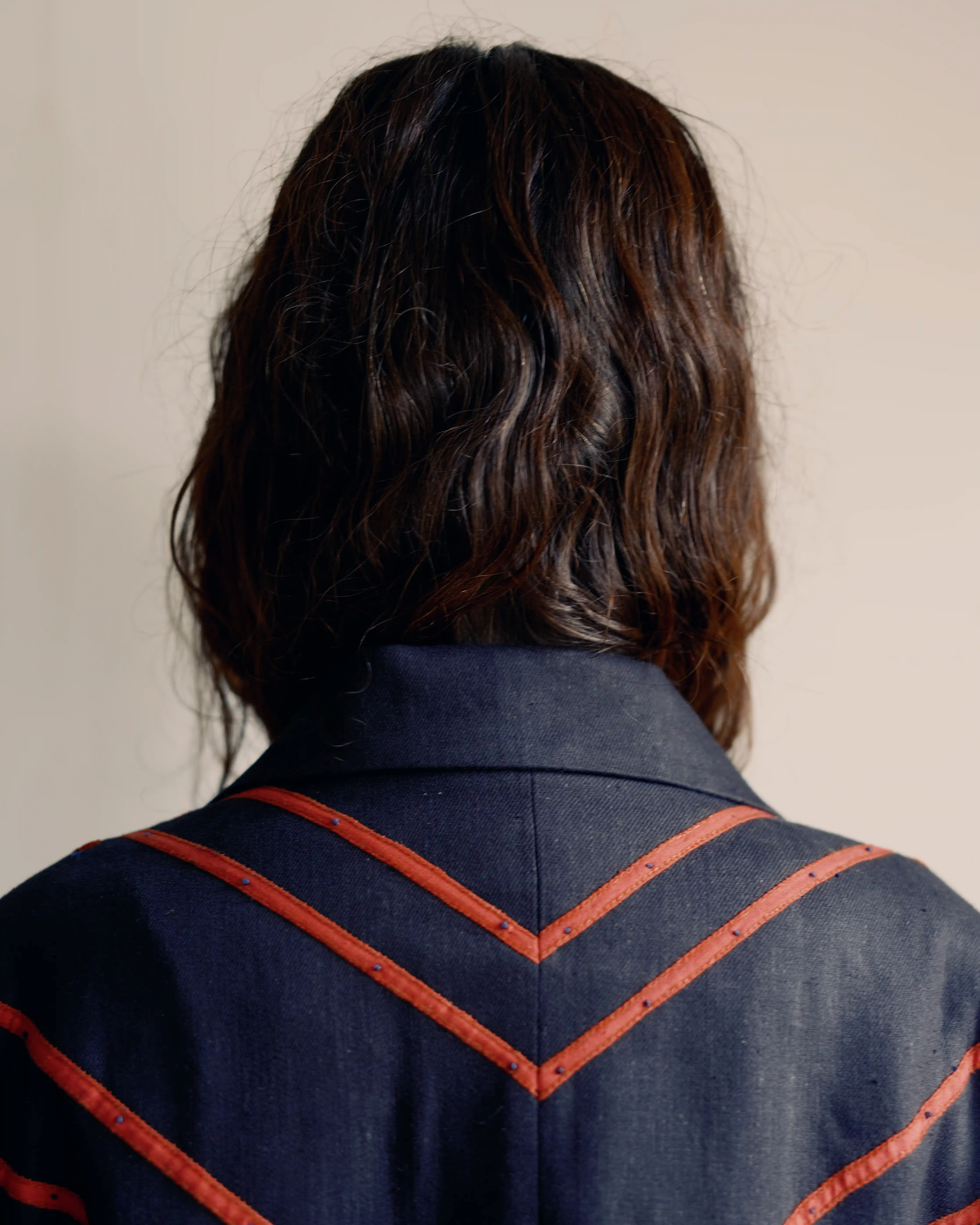
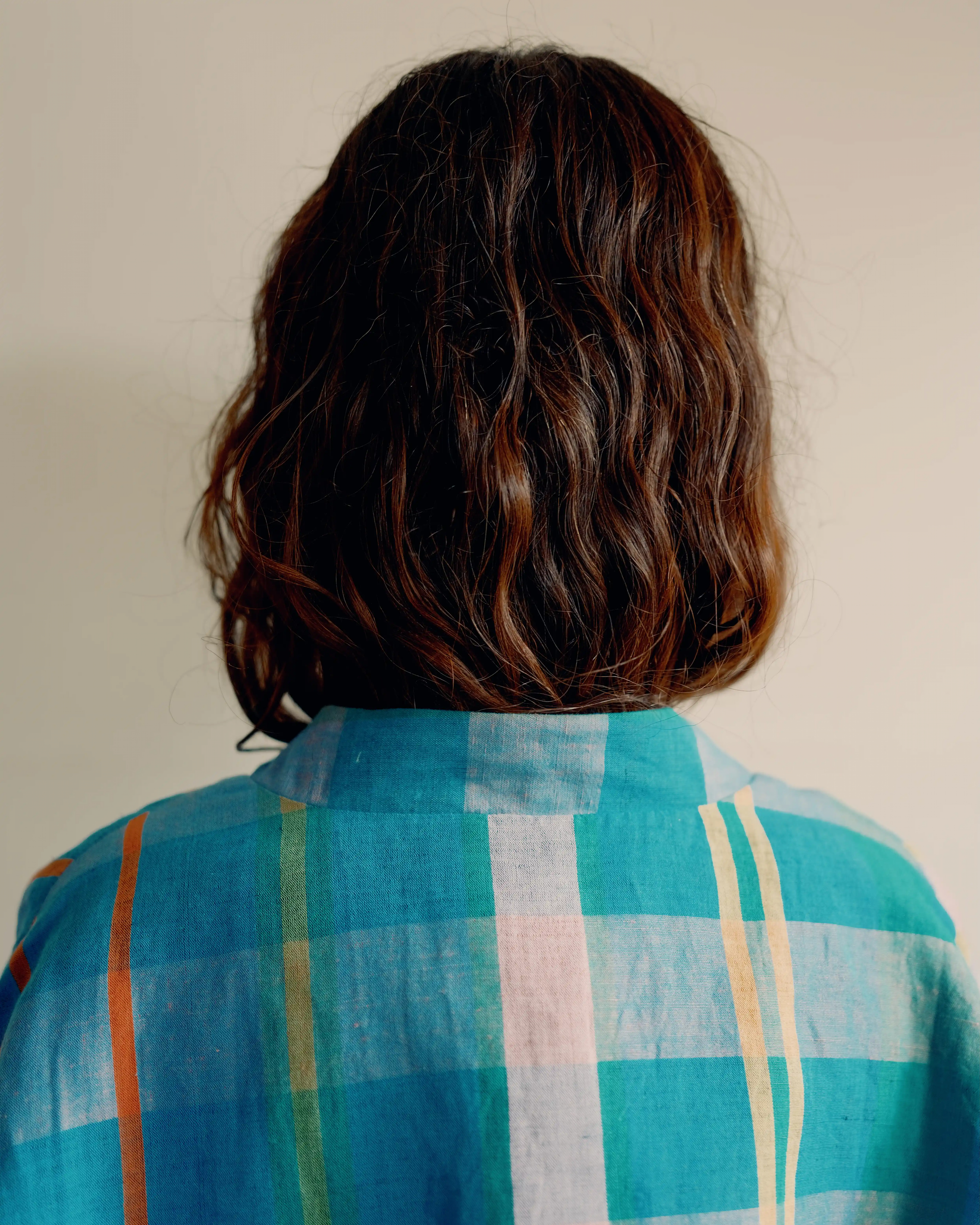
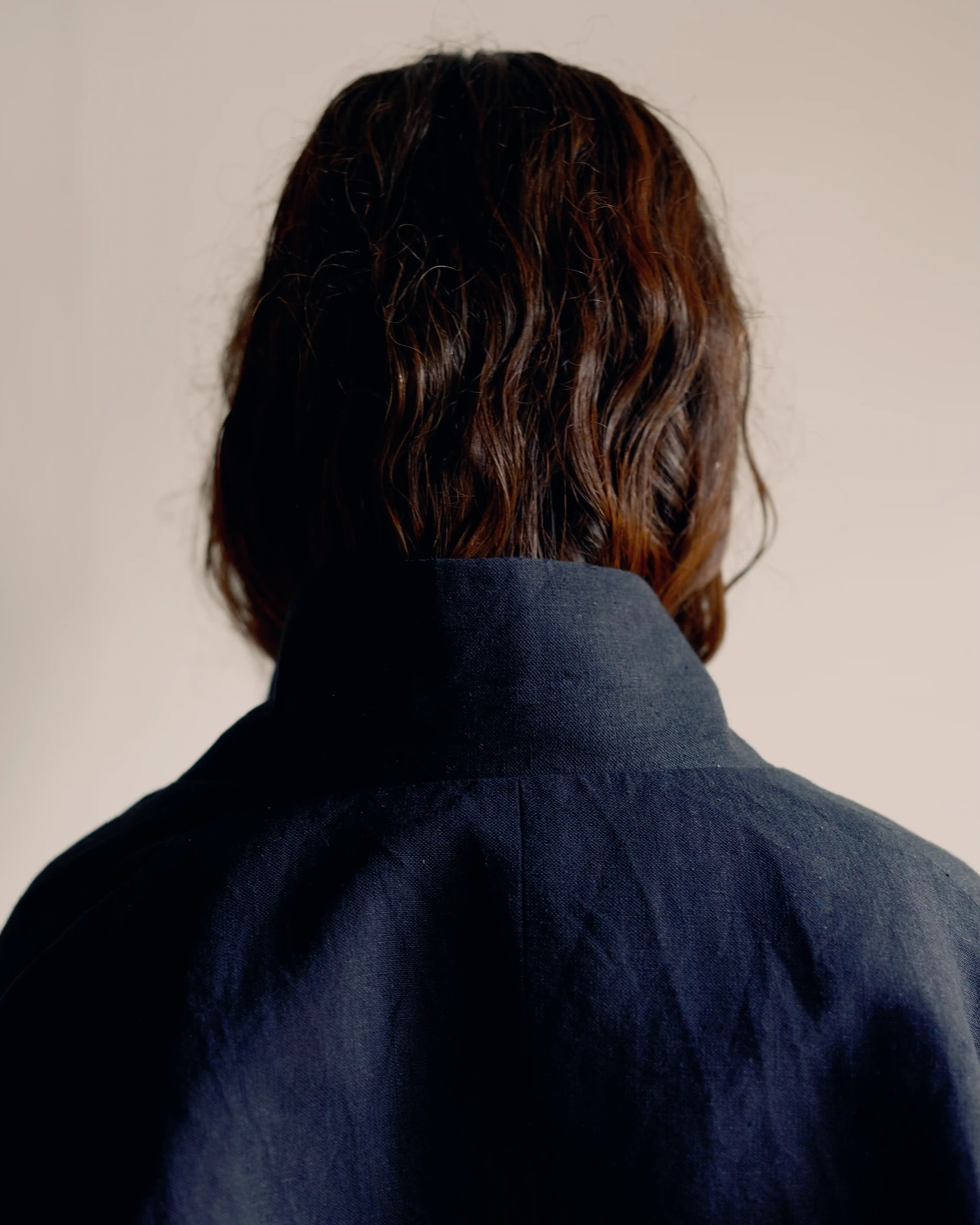
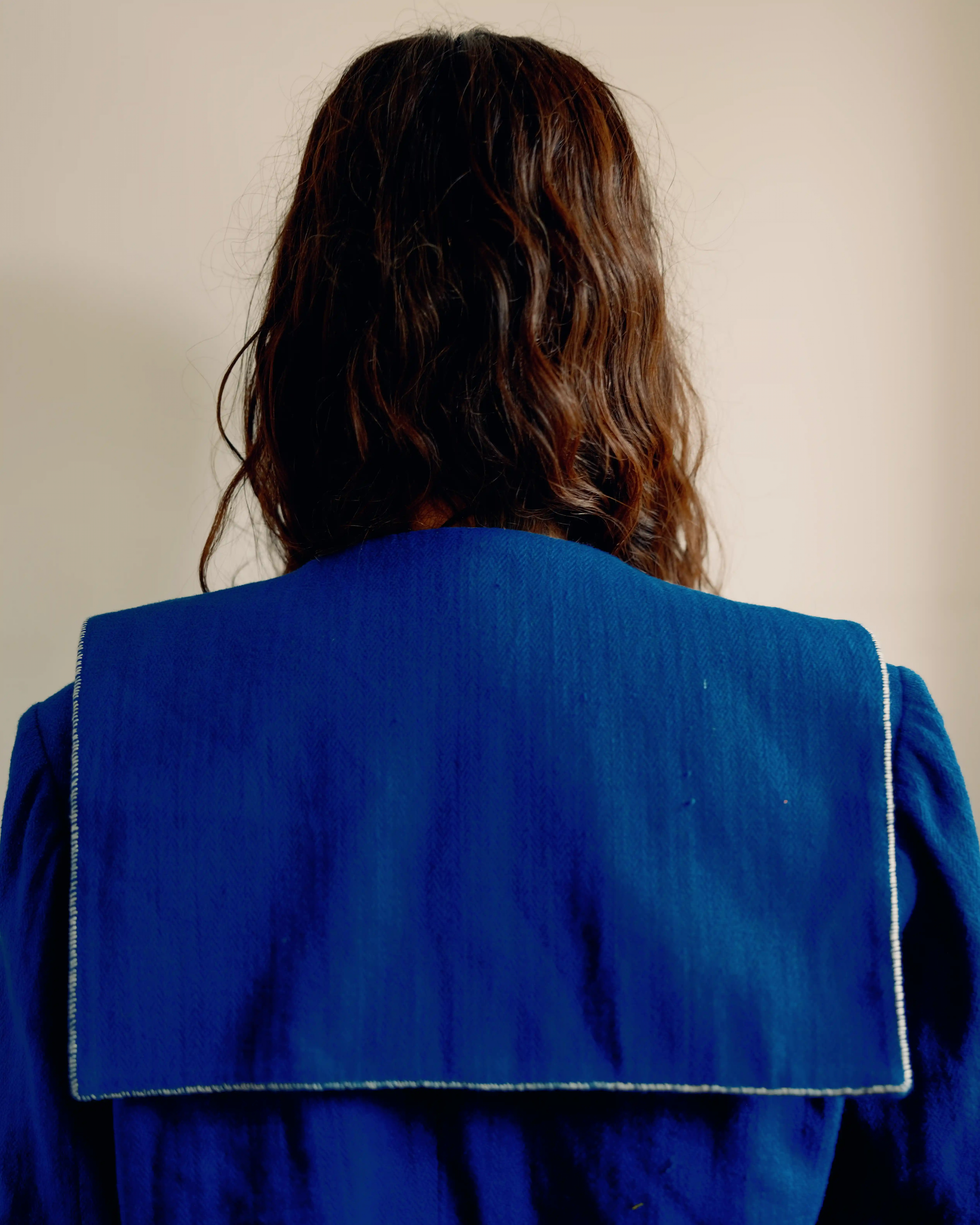
We’re at a crossroad in the global embrace of Indian fashion where a visible shift is underway. Indian handicrafts and artisanship have been a topic of conversation and a crucial pillar for brands here and abroad for a while but we are now witnessing an open acceptance of the “Made in India” tag. Against this backdrop, we invited Somya Lochan, founder-designer of Quarter, a Delhi-based label that centres Indian handicrafts, to initiate a conversation on gender, design, social expectations and innovation in handloom. While the brand started as a menswear label, it presented its first set of womenswear looks at Lakmé Fashion Week 2025 via its Gen-Next incubator programme. The diversification into womenswear came with a huge sense of responsibility, says Lochan. “Each woman I design for is a representation of so many generations of women who have fought to establish and break boundaries”.
In conversation with Lochan is Rina Singh, founder of cult favourite Eka — with a retail footprint of over a hundred stockists globally. Though Lochan’s is a relatively fresh voice — Quarter only came into being towards the end of 2023 — Singh is a veteran, having launched Eka almost 14 years ago. But despite the two-decade-odd age gap between them, they have plenty of common ground. Both are trained in textile design and operate out of Delhi. The names of their labels are curiously aligned. While Quarter alludes to the influence that a designer wields in the larger scheme of things — one-fourth — Eka signifies authentic individuality and oneness. And both brands have spawned communities and dialogues around craft, culture, art and the self. Yet they diverge greatly in their end products and aesthetics.
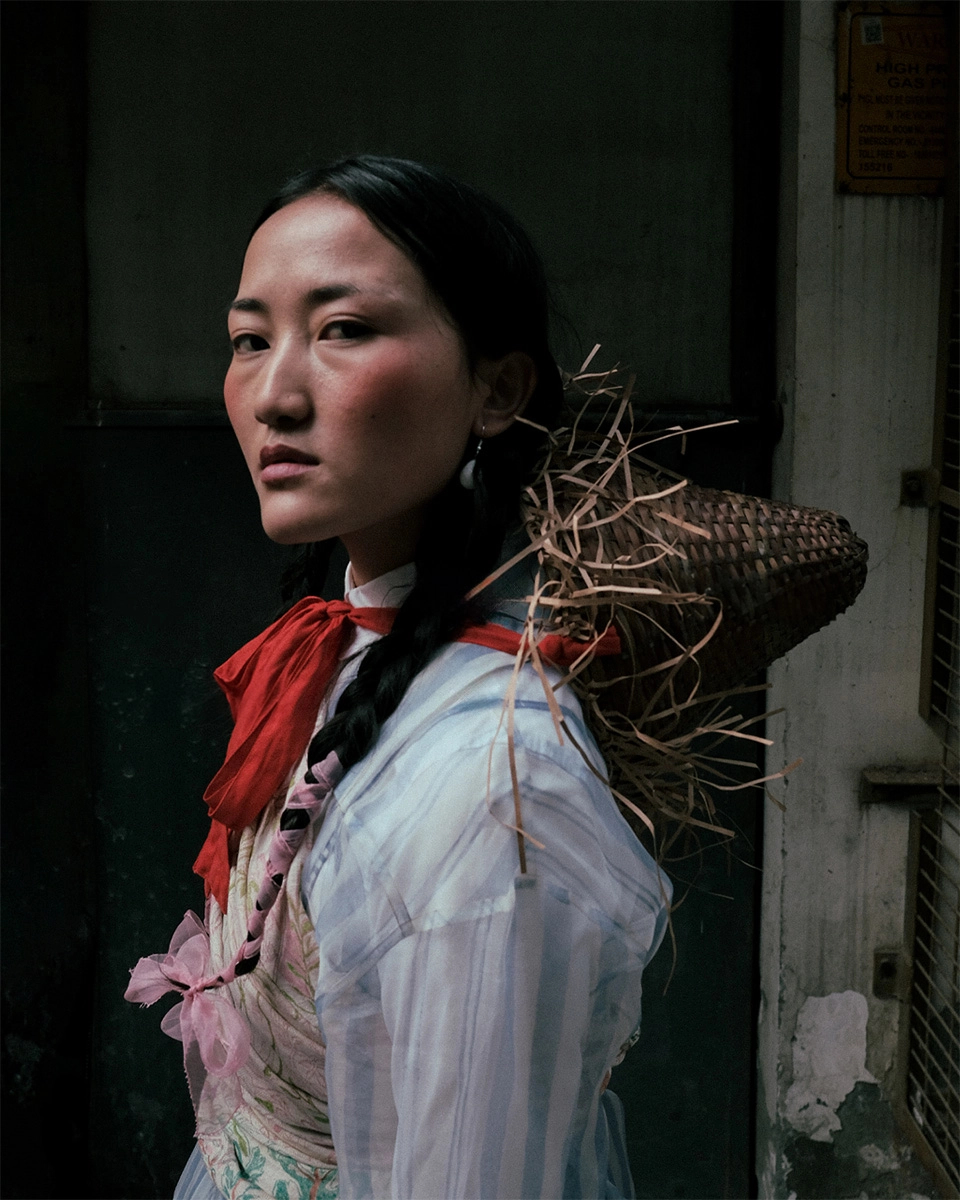
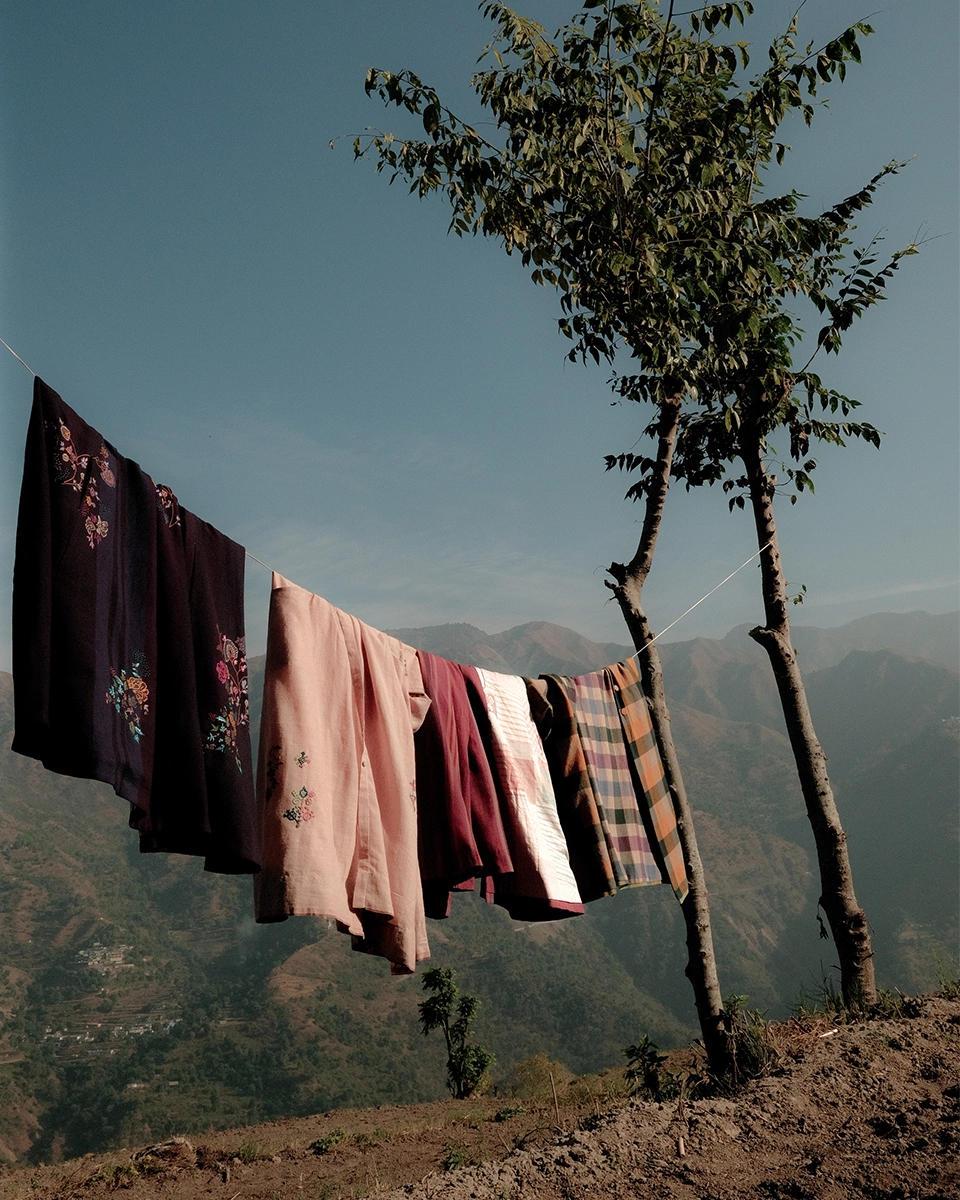
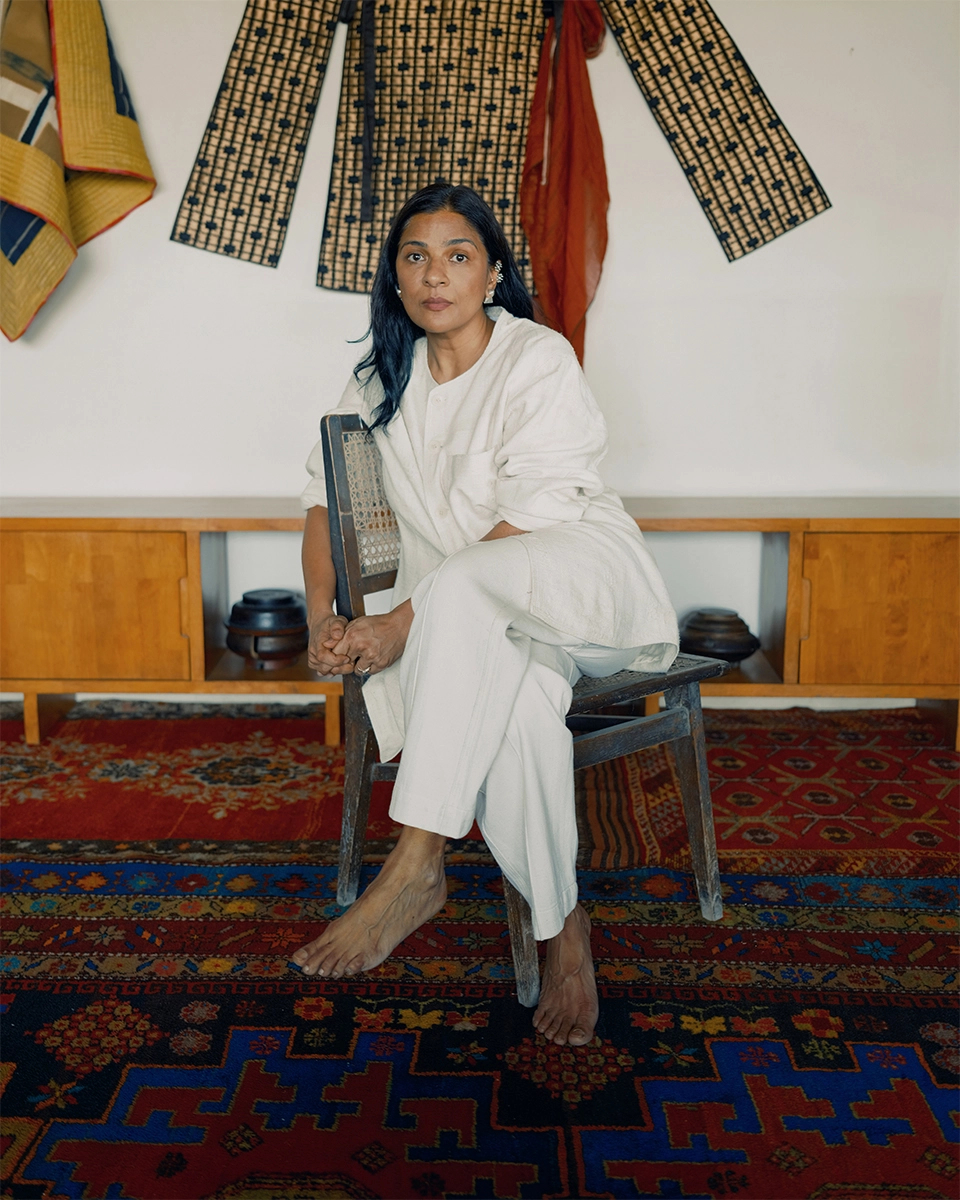
Excerpts from the conversation…
What does a contemporary Indian brand have to offer on a global platform?
RS: So the craft is at the centre. It is viewed from different angles depending on the gaze — how is one studying it? What is one’s interpretation and understanding of it? It depends on the sum total of all your experiences, and not just the study of it. That is the authentic space anybody can have with craft. You cannot take craft, use it and throw it out in the world. Ritu Kumar elevated the crafts of India because she firmly came from that space. She wanted to recreate the past and bring it into the future, and she did it. Rohit Bal came from Kashmir. He worked with the kamdani and the kashida embroideries brilliantly. But wherever people are using it just commercially, you see the stereotypes pop up.
Rina, Eka has recently featured numerous collections that are built around destinations…
RS: We do campaigns every season and I feel they are better documented than shows. Although I love storytelling with shows, I don’t enjoy the format — to be honest, the lights and the whole stereotype of the front row are not me to some extent. I do enjoy putting everything together as a collection for a show. I wanted to highlight various places across the country through our campaigns. So when my Kohima or Landour collections go abroad, at least 60 shops, and through them about 600 customers, find out that these are places in India where this is the landscape.
A lot of people, who buy my clothes from stockists or resort shops, don’t know where India is. They might know it as a country but they don’t know where it is located and they don’t know where Kohima in India is for sure! That picture of India that many have is not the real India. So I have the opportunity to tell a story.
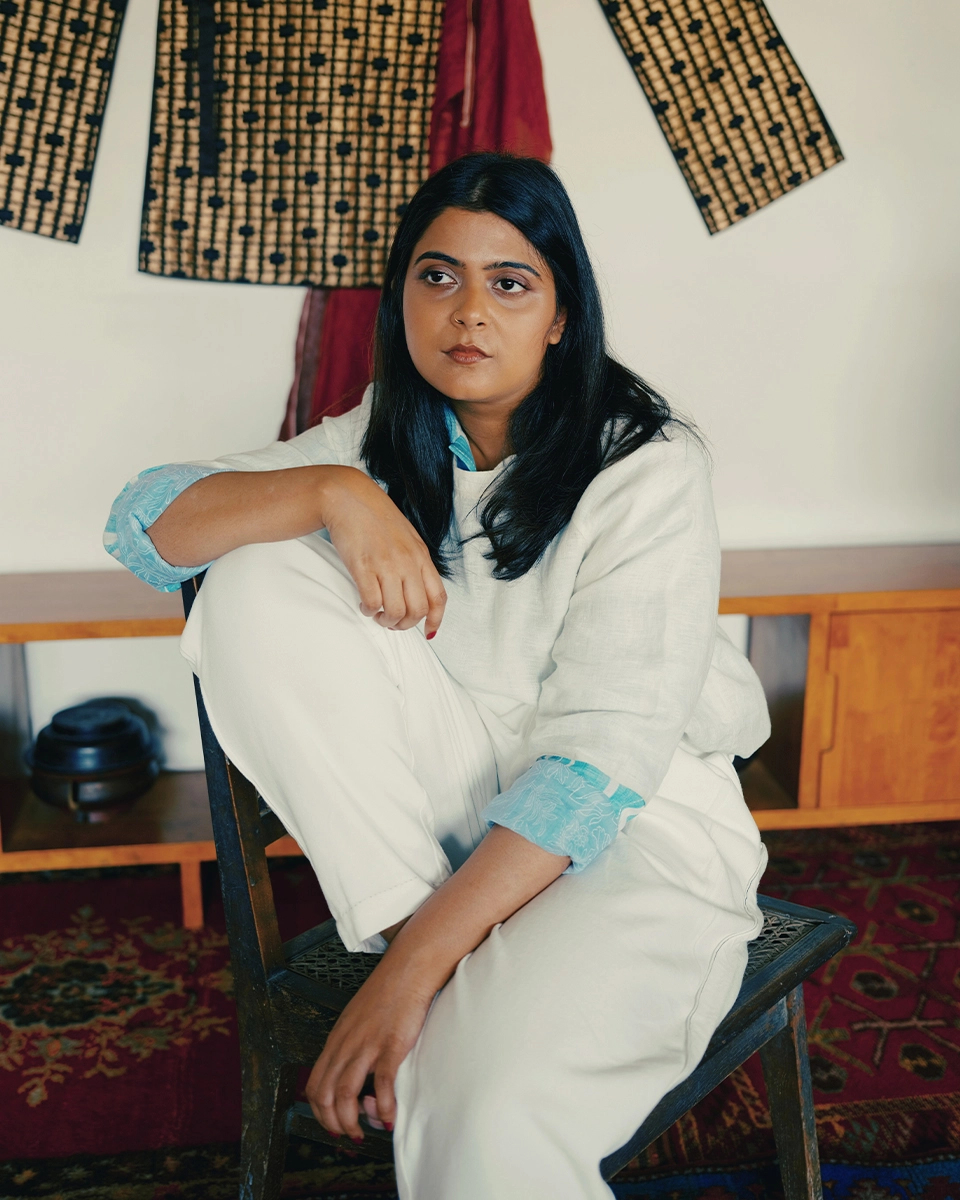
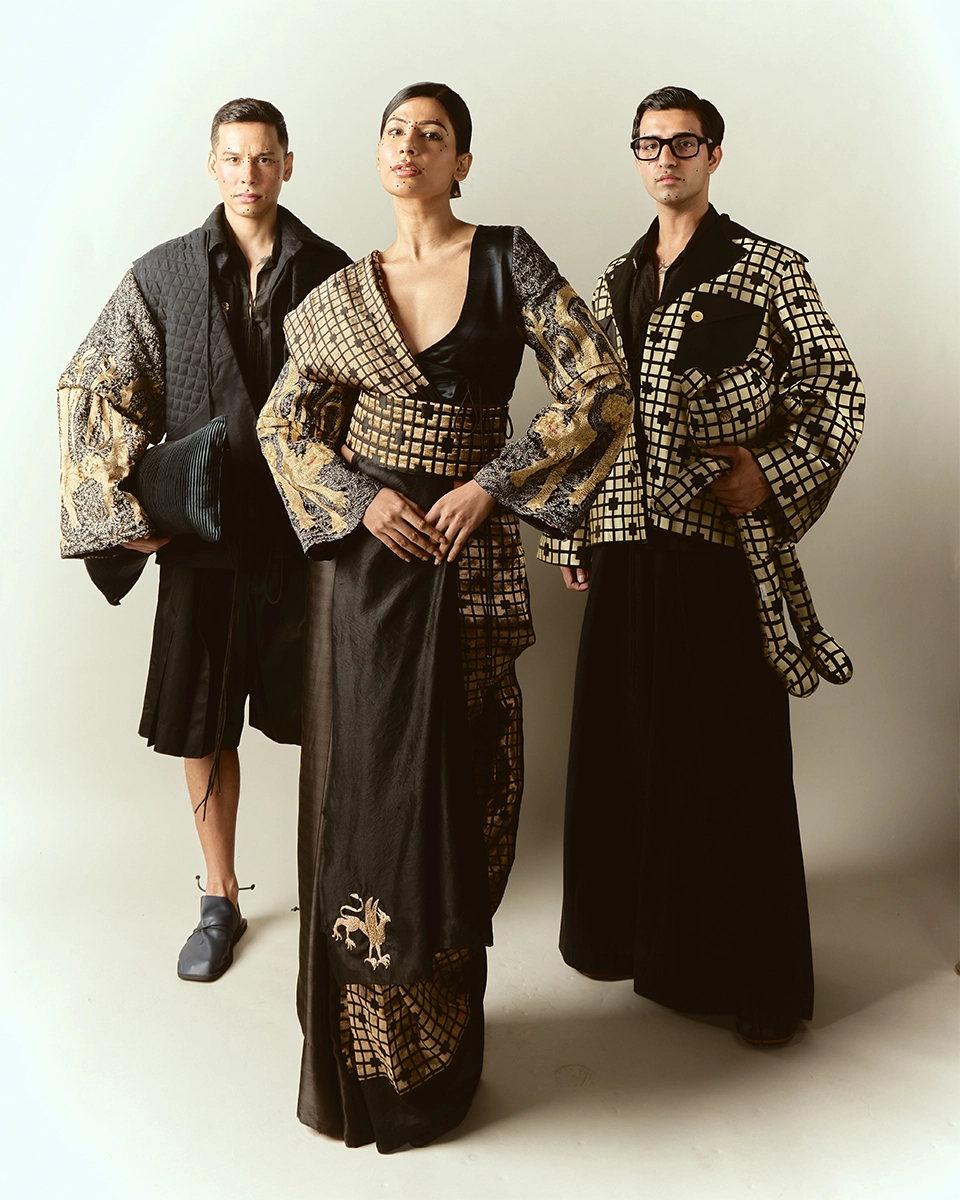
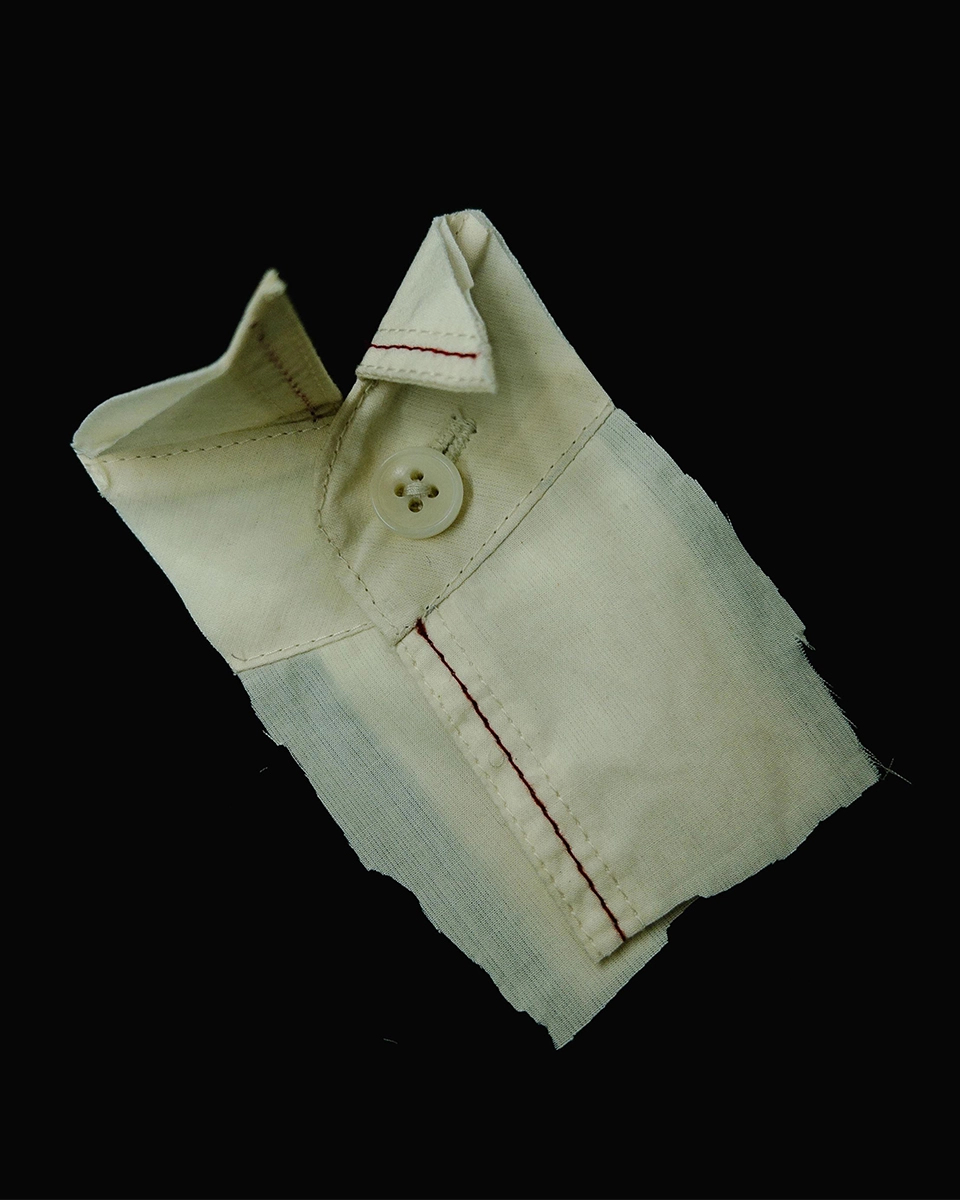
Somya, what is your approach to contemporary storytelling?
SL: Rina’s generation had a lot of responsibility — you were answerable to a lot of people. A woman who has worn Eka and has tasted that fabric might be open to wearing Quarter because she knows that this niche — elevated handloom clothing — segment exists. So it’s interlinked. That also gives me the liberty to create mini art projects through which I tell Quarter’s story. I have often been asked if I think of myself as an artist or a designer. I wasn’t sure for a really long time. Am I an artist? Am I a designer? Would I be able to be a designer if I identify as an artist? But I think I’m both. I want my clothing to have a commercial angle because bechna zaruri hain (...because one has to sell). However, the way we present it is very art-driven. I don’t essentially feel a responsibility to make a statement. What I say comes from a place of what I feel. For example, our current collection is called Dichotomy of Loss. We invited eight individuals and we asked them how they perceived grief. Then we left them to themselves with a shirt and a pair of scissors. What they created served as the inspiration for the collection that was a physical as well as a psychological dissection of their interpretations. I could do that art experiment because the generations before me set it up for me. So now I have the liberty to tell people how I feel, which is very much a Gen Z approach. This is how I communicate.
RS: See, there is clearly a generational gap between her and me. So obviously what she’s seen growing up is not what I’ve seen. The audience she interacts with is not the audience I interact with. The songs she heard when growing up are not the songs that are on my playlist. Her gaze is going to be very different. She has grown up with Instagram and their generation is already rejecting it thanks to social media fatigue. They are relooking at things whereas, for me, in the middle of Eka came Instagram and Pinterest. So it’s very different. In my time, I had to choose between motherhood and career. Today, you can be a mother, you can have a career, and you don’t have to be married. The women she talks to and the women I talk to are different. We are talking about the same craft being used by women from — and for — two different generations.
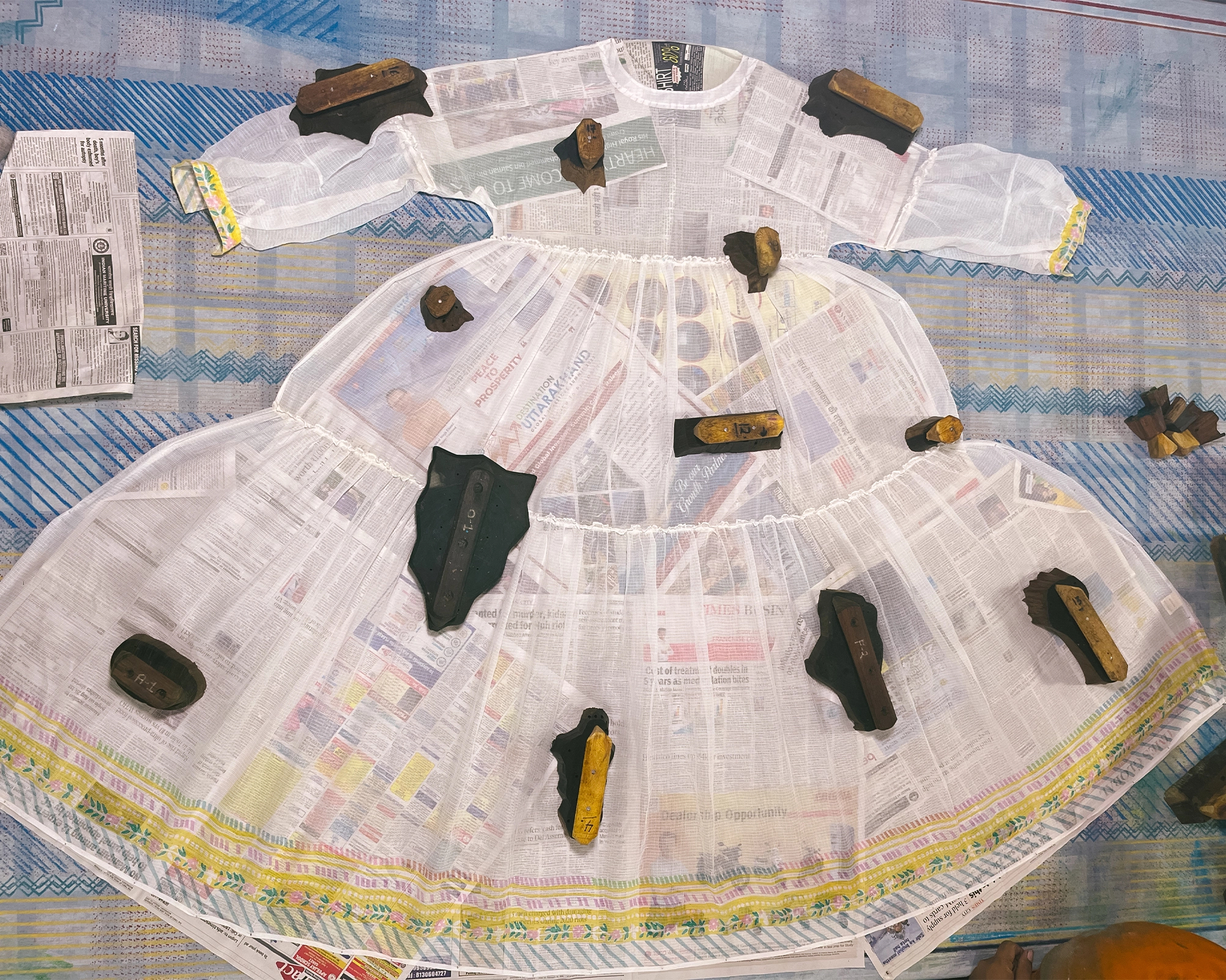
How do you view the topic of sustainability in fashion and how does it factor into your expanding businesses?
RS: Academically speaking, an intelligent definition of sustainability in fashion could be three-tiered. Economic, environmental and social. You’ll probably not be able to do a collection which is organic every season. You cannot produce a cotton crop that’s organic in six months. It actually takes one year. One year of yield, then six months of nothing, and then another one year of yield, and so on. If I’m flying in that organic cotton from somewhere in the country, there is the matter of the carbon footprint. I am manufacturing in a facility where there is a generator for electricity, and there are about 20 sewing machines sewing it which adds to the carbon footprint. So, to be honest, I cannot say that I am environmentally sustainable. Now, can I say that I am socially sustainable? Yes, because we are sustaining crafts. For us to be involved in crafts means being able to consistently give people employment. We have been working with about 800 weavers across India for the last 15 years.
SL: Which is such a huge thing, Rina, because as a new brand one thing that actually gives me sleepless nights is, how am I going to be sustaining this? Chalo theek hai, ek baari I can give them work (Okay, I can give them work once) but consistency is very important. Many people do not see how important that is. The narrative does not end simply at handcrafted, what about the consistency? Aap ek baar kaam de do (you provide work once)…
RS: …it amounts to nothing. I might not be environmentally sustainable because I can’t really do that. My clothes are produced in a unit that is located in an industrial zone, the colours that we block-print with are not always natural. Natural dyes can fade due to the weather or if exposed to light. I’m a fashion brand in the end. I work with natural fibres. I do not blend my fibres with any kind of polyester, nylon or rayon.
SL: One thing that I decided on doing — and I hope we are able to continue it — is focus on functionality. As much as I would want to create something that’s very whimsical, I would not be able to do that as a sustainable brand because that’s not commercially viable. With crafts, bahut mehnat lagti hain (it takes a lot of effort) and for the product to be functional is very important. Secondly, is the infrastructure ready to support a completely sustainable brand? It’s not, things work in a cycle. For instance, H&M, a fast-fashion brand, has a store in my hometown Ranchi now and it will change the way consumers perceive the correct price of a garment.
RS: Oh, it has?
SL: Yes, it opened last year.
RS: Oh, really?
SL: McDonald’s came this year in January. Now if I go to somebody in Ranchi, even people who can afford the things that I want to sell, and tell them that it’s very sustainable and that it’s made a certain way, would they buy it? No, because now they are starting to taste fast fashion. For a lot of my friends who are 27-28 years old, a 6,000-rupee Zara dress is luxury. Telling them that my lines are sustainable won’t achieve anything. Woh cycle jab complete hoga (When that consumption cycle plays out) — where they experience fast fashion and reject it, and then they feel the need for something else — that is when they will come to us. I realise that as a very new brand, I’m only serving a niche, very limited audience. I have not built that audience. I’m inheriting that audience. I’m going to be very honest about it. Thank you for doing what you did!
RS: I’d like to thank all those before me!
SL: So the bottom line is that we cannot lie and say that we are so sustainable because it’s a process wherein we are trying to be as ethical as we can within the three parameters that you mentioned. Environmentally, we can try, but it’s too soon. Funding is limited. The infrastructure has its restrictions, and there are so many clauses that come with it. Morally, yes, as an idea, as a philosophy, definitely. It’s a goal that we are all working towards.
RS: I think I even got an award for sustainable fashion [laughs]. Maarenge mujhe pakad ke! (They’re going to catch me and give me a thwack for saying this!) There was this interview and I thought this is the time to break the myth. Back then, every brand wanted the sustainable tag. I said in the interview that fashion and sustainability are oxymorons. Because fashion trends keep changing. You have to get the accessories, change the bags, change the silhouettes. So then how can you be sustainable? For me, choosing to be sustainable is personal, not a fashion statement. Leftover fabric ka kya karenge? (What shall we do with leftover fabric?) Patchwork karke textile home furnishings aur jackets bana lo. Sara textile ekattha karke, overdye karke, core category ke liye trousers bana dete (Let’s make patchworks and use the textile for home furnishings or jackets. Get the textile together, overdye it and turn it into a pair of trousers). This is my moral responsibility because why should I cut handwoven fabrics and throw them? Historically, because these textiles were so time-consuming to make, the patterns were cut in a way so that the textiles weren’t wasted. That’s why I say that it was a very intelligent ecosystem. Have we been able to take that in entirety into the future? Not yet.
SL: You know, Rina, during one of my visits to the Calico Museum, I was talking to the person who has been taking care of that museum for over 40-50 years now, and he told me how all of these jamas (robes) were intended to replicate the uniforms that the British wore and here too because that amount of effort would go into making that fabric, it was drilled so deeply in the minds of people to not waste anything. I also try to waste as little fabric as possible.
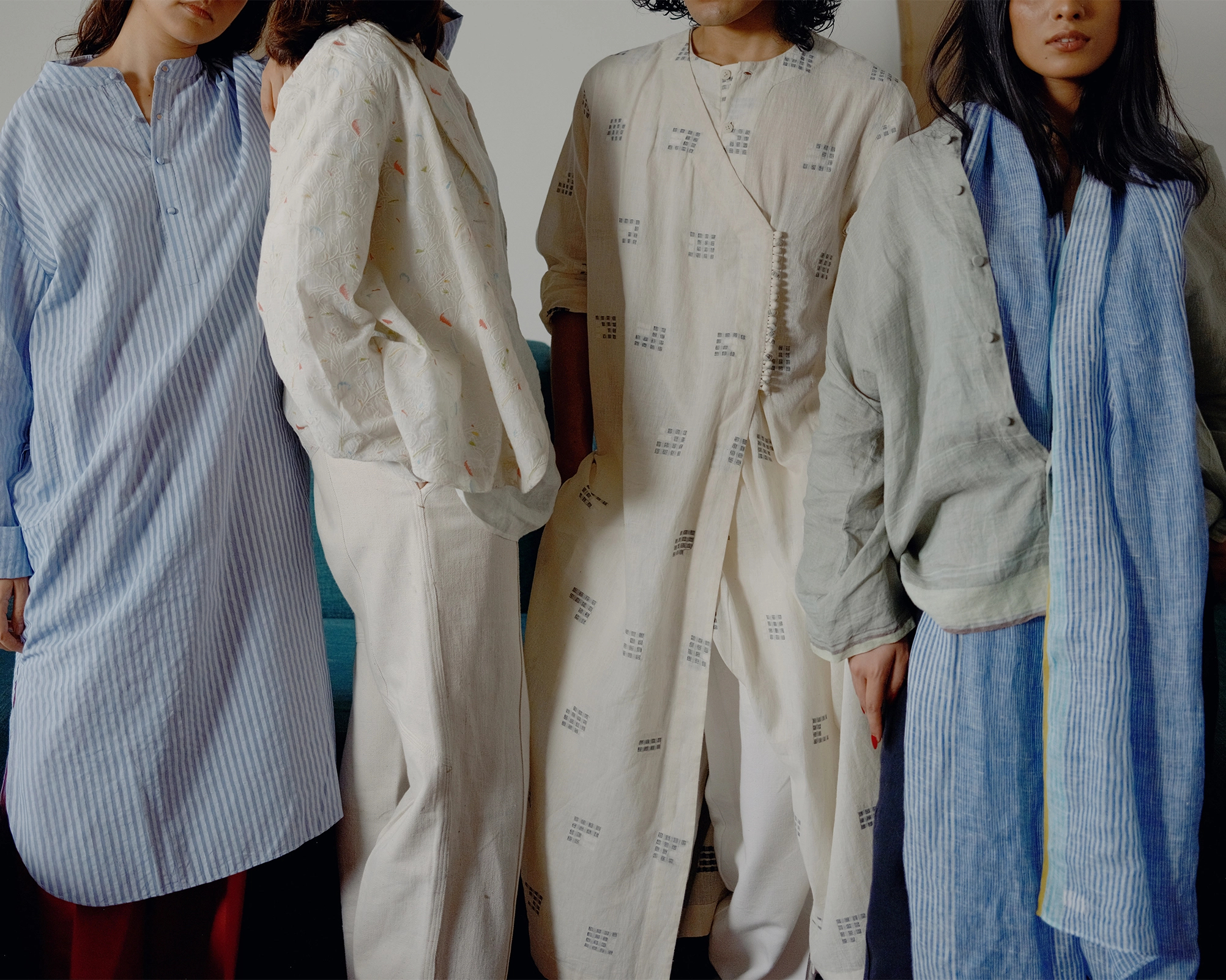
Quarter has now started making womenswear and saris apart from menswear. Eka designs menswear and home furnishings apart from womenswear. How much of the diversification is linked to creativity, and how much of it is a necessity for profits and brand sustenance?
RS: Eka is nearly 14 years old. Diversification is the name of the game. We work with so many artisans and weavers. There are many times when jaise unka kaam kam ho raha hain, toh mai unko bas basic textile banane ke liye bolti hoon, ki ek aise border banaye, ya ek aise colour mein banaye…unko consistently dete rehte hain (as they are finishing their work, I ask them to make only basic textiles, say, with a border detail or a different colour to work with…we consistently give them work) and, over a period, I’ve also understood that there’s a rhythm to it because it takes time to get the textiles you order. You have to simultaneously co-create. So, on one hand, you’re thinking of the textile and on the other, you’re thinking of surface design. Another part of you is thinking about the stories around it.
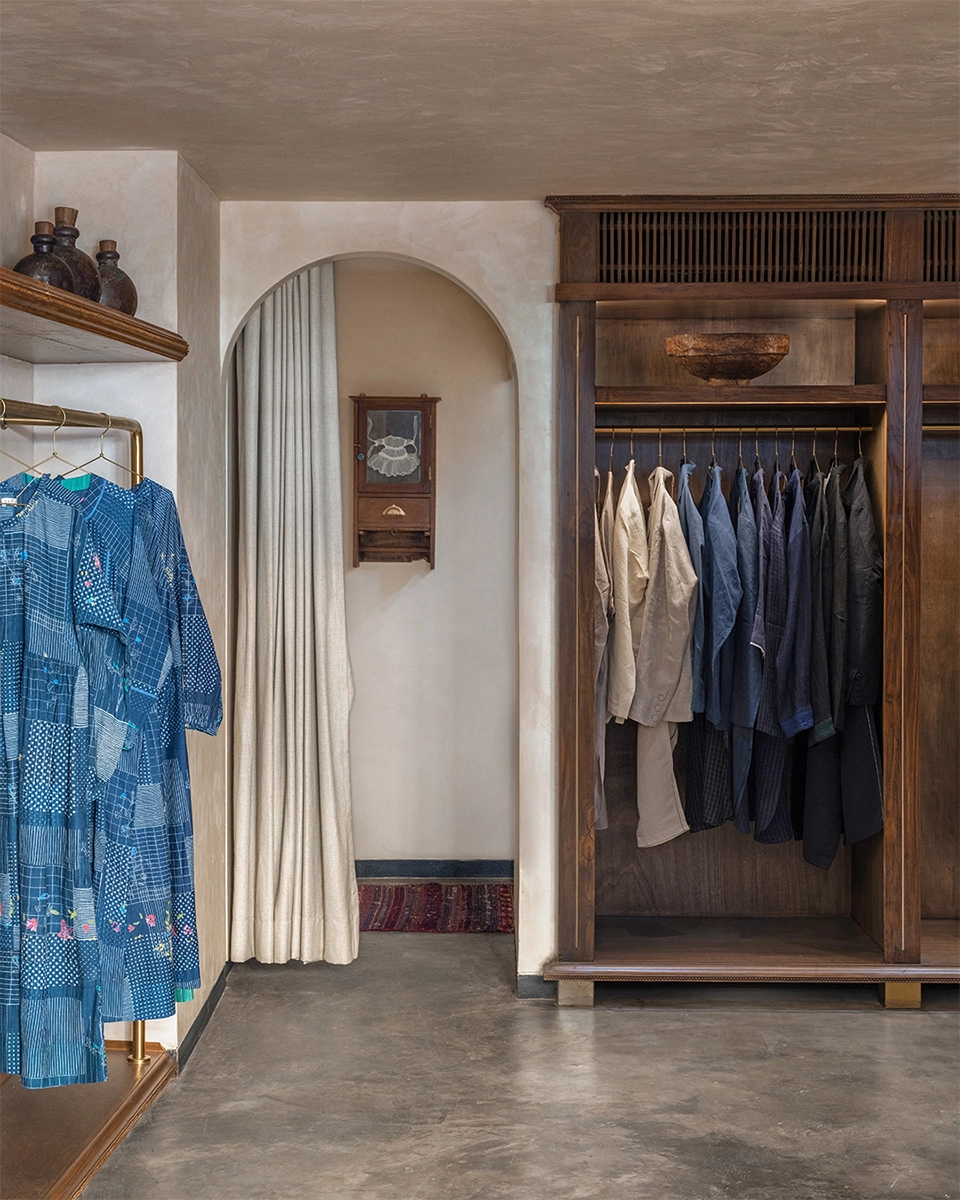
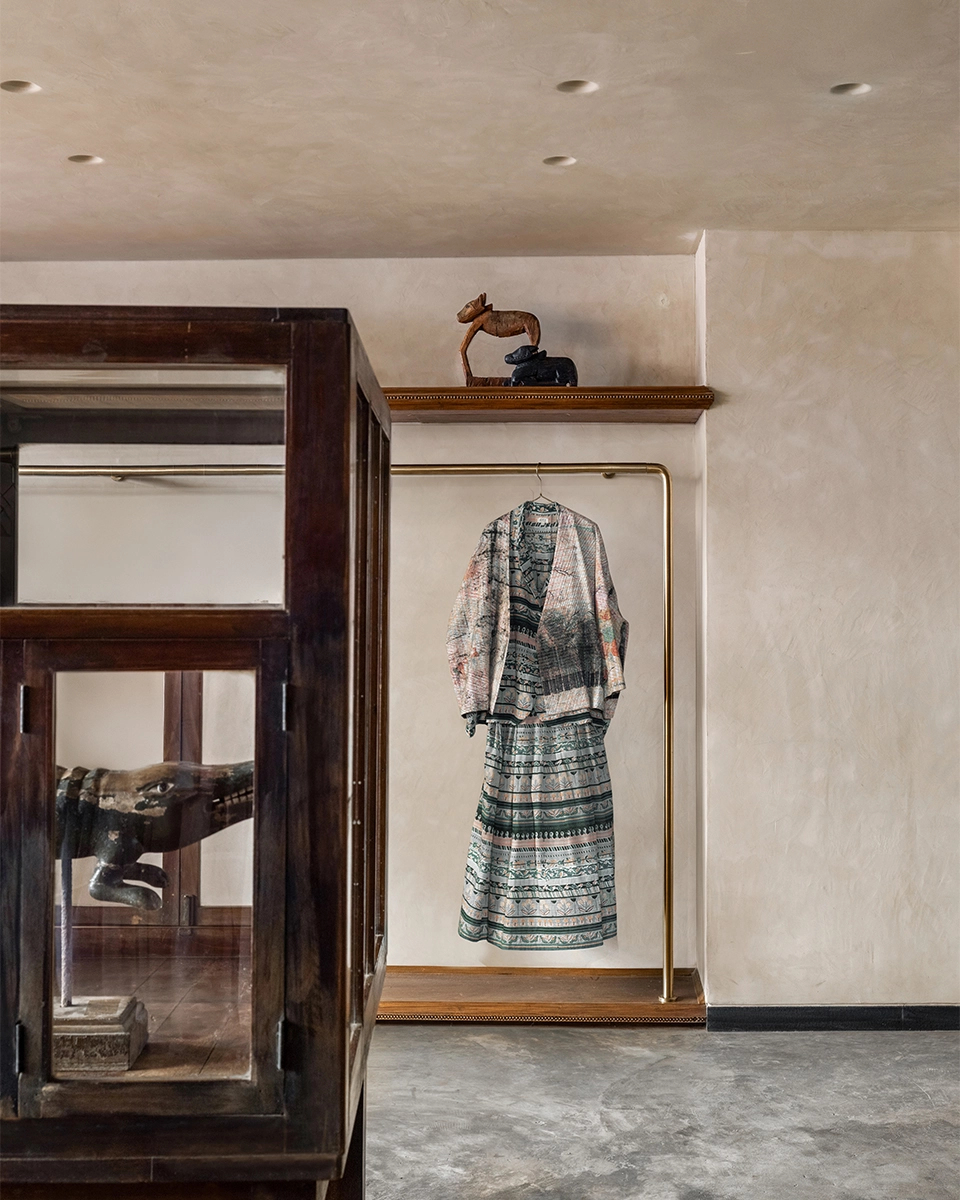
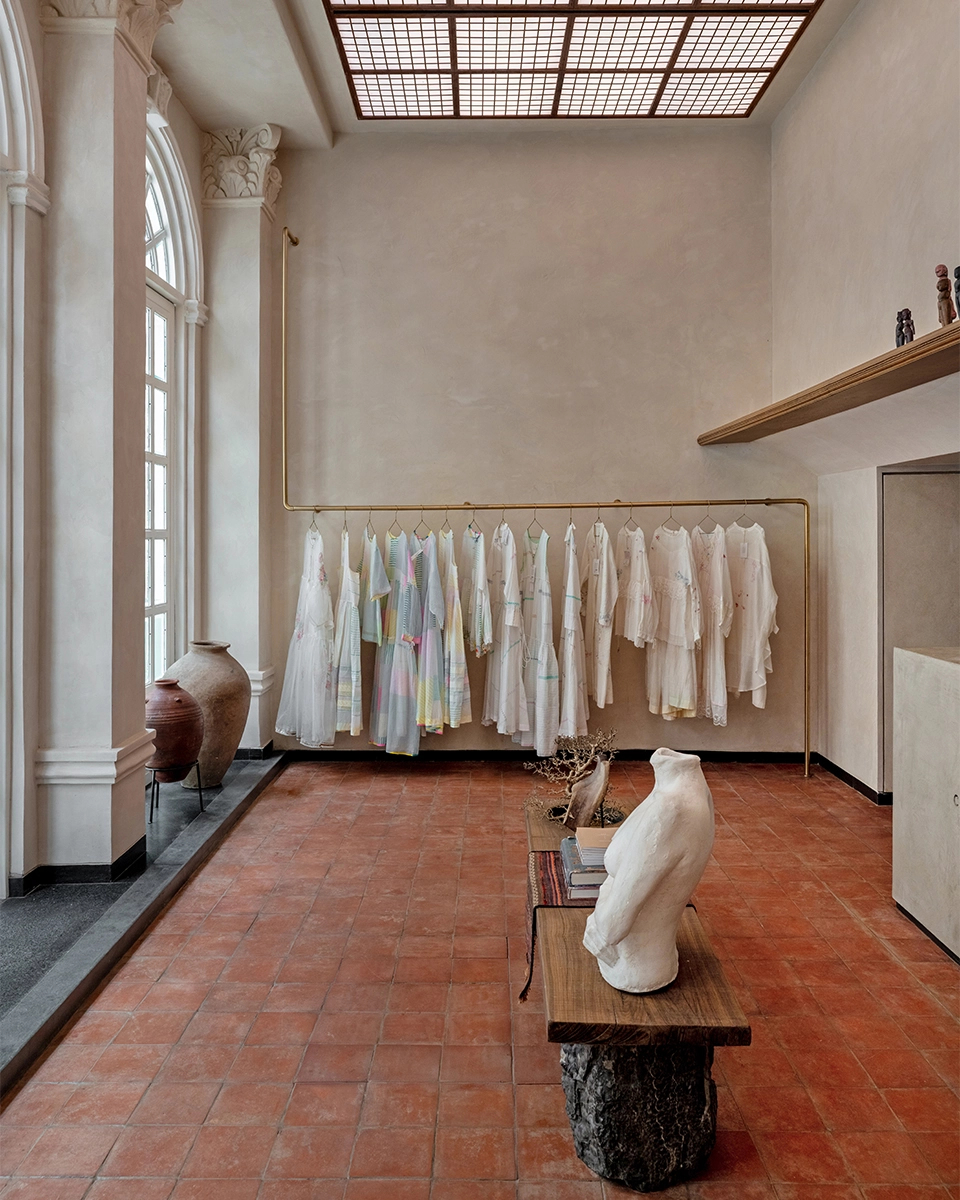
Is physical retail more important for your brands given their focus on textile development?
RS: For textiles especially, there’s so many products online. Visually, it’s blinding and sometimes off-putting. Sometimes, I get tired of all that I see in a day. I don’t feel comfortable buying a speciality product without touching it. Many from my generation will not shop online and a lot of them wear Eka.
Your label has to have an authentic story. This should be aligned to the spaces, collections, your colour sensibility, cuts. It is a person’s life story. It’s about your niche and sensibility. Projection is not the name of the game for Eka. Neither do I project, nor my clothes, nor the physical spaces that we inhabit as a brand. It’s never going to be about projection, it's going to be about the moment you walk in here and be yourself.
SL: Which is such a strong statement.
RS: It is, and I might be putting off some people, and I might be creating a space for people who have felt all their lives that they are an outsider when it comes to fashion. I don’t project. I don’t want heads to turn when I enter a room. I want my space. This is a personal statement but I’m pretty sure that there are a lot of women apart from me who think that way also.
Comfort in your own skin is the boldest statement you can make. Many of us hide behind a garb of clothing, the movies we watch, the places we go to, the bags we carry or the books that we read.
SL: Rina, I have a question for you, if I may. Do you feel like an outsider at points in the world of fashion? Because there are so many times, I don't feel like a part of the world of fashion. Where do you think that stems from? Does it stem from the fact that we have spent so much time on the ground, and that process is so overwhelming. Or is it because we do not look at fashion in a stereotypical way?
RS: So I do think that your journey will be different from mine, Somya. In your time and space, and with your generation, I think people accept oddity. People love oddity. In fact, I think people project oddity. Even if people can be compassionate about oddities, they would much rather be a bully online because that gets them attention. So for your generation it might be different, and this might just become your success story, the oddity is in fashion. For our generation, we had to conform to get somewhere. I didn’t want to be part of that cycle because I didn’t want to conform. To project a woman to the world as a Gucci woman or a Vivienne Westwood woman has been the story of fashion. I want to reject that idea.
SL: Because it’s not personal to you, not because it’s wrong.
RS: When I first started out in this field, my silhouettes were sort of a pivot from the times, for my generation. A lot of women who, like me, had not been born into the idea of this mental independence loved this idea of being themselves. So many women, who were clients, have become my friends now. In fact, two days ago, I was at Arundhati’s [Roy, writer] place. It’s a privilege to be able to get into the mind of somebody as accomplished as her and help them find a solution to their clothing dilemmas. Clothing is a necessity. That’s why the Eka tagline is “Clothes for poets”. Your poetry could be anything, it’s just who you are.
What are your long-term business plans?
SL: I do feel that a standalone store is important. For me, at this point, it’s aspirational to have a store. When you’re working with textiles, you need people to touch, feel and understand them. Like you said, the online space is too saturated. Woh hi cheez ek screen print se bhi ban jaayegi (Many artisanal creations can be replicated via screen prints as well). On a phone screen it’s 2D, right? It’s as simple as that. It’s going to look the same even on? a video. So it’s very important for my audience to come and touch and see…
RS: What stores do you retail out of currently?
SL: Ensemble, primarily; we can also be found at Curato, Vasa Indica…
RS: Ensemble has always had an eye for textiles. They’ve been around for years and they understand this space.
SL: We are with the Society of Cloth in New York and The Silk Road in Paris. Now we are looking to expand a lot more because I’ve realised that almost every other day, we are tending to an international order. So we might as well stock abroad, right?
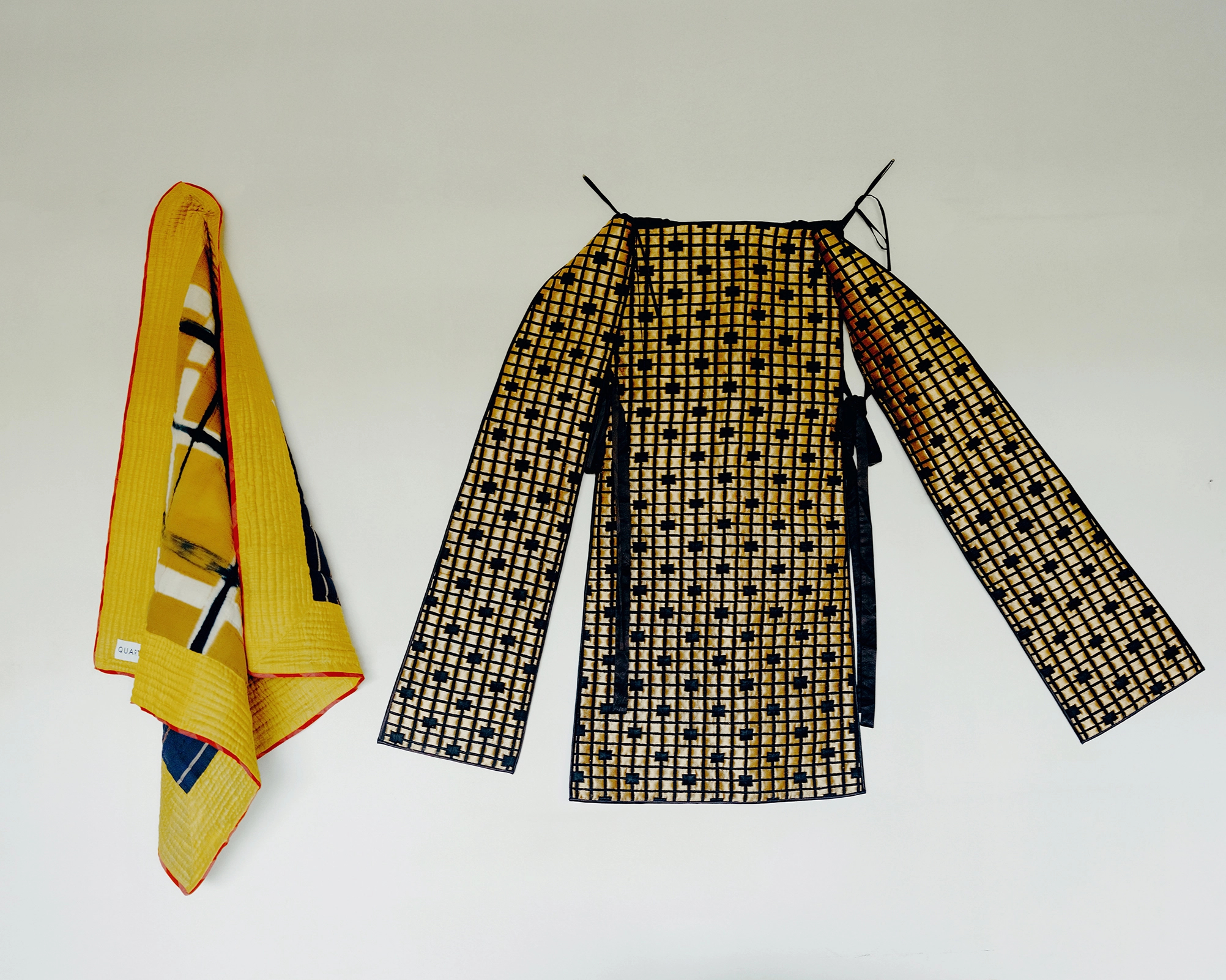
Is there a bigger market for handicraft-centric brands when it comes to an international customer base than the customer base in India?
SL: I’d point out that it’s more about disposable funds than anything else, and we spoke about how we are a developing economy. Not just in this aspect, in every aspect; in terms of food, clothing, our approach and perspective, everything is developing. It’s easier to serve an economy that’s developed already.
RS: Do you think that India is ever going to be ready for an individualistic, runway-like take on fashion?
SL: Not entirely, Rina, because the distribution in this economy is not equal, and it’s not going to get there anytime soon. Individualism is a luxury that most can’t afford.
RS: We are a very young country. At this point in time, fashion serves more as entertainment for most people. Fashion Week is largely entertainment. Internationally, if I do a show, the Chief Financial Officer would make sure that the amount spent is recouped through orders post-show. There would be a strategy for how the distributors were going to be targeted. If you look at Dries Van Noten or Issey Miyake — how they went international — or the history of Comme Des Garçons, you will see a focus on the business of fashion. In India, it’s on the entertainment of fashion. How is that different? For example, the stores that are now retailing Somya’s label, are they really investing in it? Whereas internationally, if I write five orders, they will not buy another label which looks like Eka.
SL: Exactly.
RS: Because it cannibalises their labels. My stockists have been buying Eka from the time when it was half the price of what it is today. I remember there was this big store that used to place large orders with us and there was one season when it didn’t do well. The buyer and I had this conversation about how dresses in a particular colour didn’t do well. So the next time I met her, I was a little disappointed in myself. But she took complete accountability! Because she’s a co-investor, she wasn’t doing me any favours. She was buying from me because it made business sense for her to get a kind of style, which was not yet available in that radius, into her shop. She bought Eka there, and first 10 women bought it, and then 20, and eventually 50. She is going to benefit from that monopolisation for a while before she will allow another shop to have Eka. In India, any shop can buy anybody. There’s no business model here.
SL: Because they’re also trying to make money. If you break everything into the simplest of forms, it’s all about making money. It’s about the business of fashion in a country which only perceives fashion as entertainment. It’s not the ideal set-up as of now.
Now I may sound really naive, Rina, but I’m going to ask you something because I have the honour of actually sitting across from you and having this candid conversation. The long-term vision that I have with Quarter is to set up smaller quarters in all the clusters that we work with, and you know the struggles it entails. I want to make smaller set-ups wherein — 100 per cent toh shayad possible nahin hoga, shayad mein paanch saal ki bhi baat nahin kar rahi hoon, shayad 10 saal ki baat nahin kar rahi hoon (hundred per cent is not possible, maybe I am not talking about five or ten years) — we set up a system where aapka cotton farming, spinning, weaving, dyeing, cutting vahaan ho rahi hai, aapke patterns aur garments vahaan ban rahe hai (...where the cotton farming, spinning, weaving, dyeing, cutting, patterns and garments are done)…it’s only leaving that space to reach the customer or stores. They’d be like our headquarters. That’s why we are @quarter.hq on Instagram...because Instagram is our first headquarter in a way. There are times when I struggle to understand if this is ever going to be possible, if it’s too far-fetched…artists are dreamers, right? So how far-fetched is this dream?
RS: Personally, I don’t think you should look too much into the future. You’re a sound, intelligent, creative person — look at the heights you have reached with your brand in the last year and a half — and you’ll know what is going to make this happen. All this needs is financial support. Focus on creating a community. When you co-create like this, that confidence and financial stability will follow.